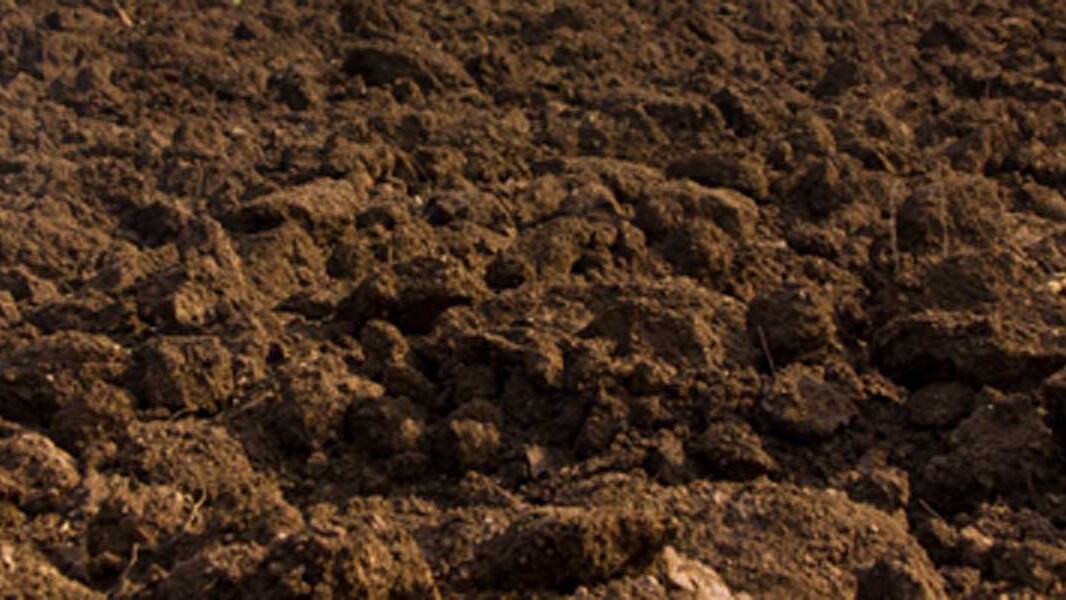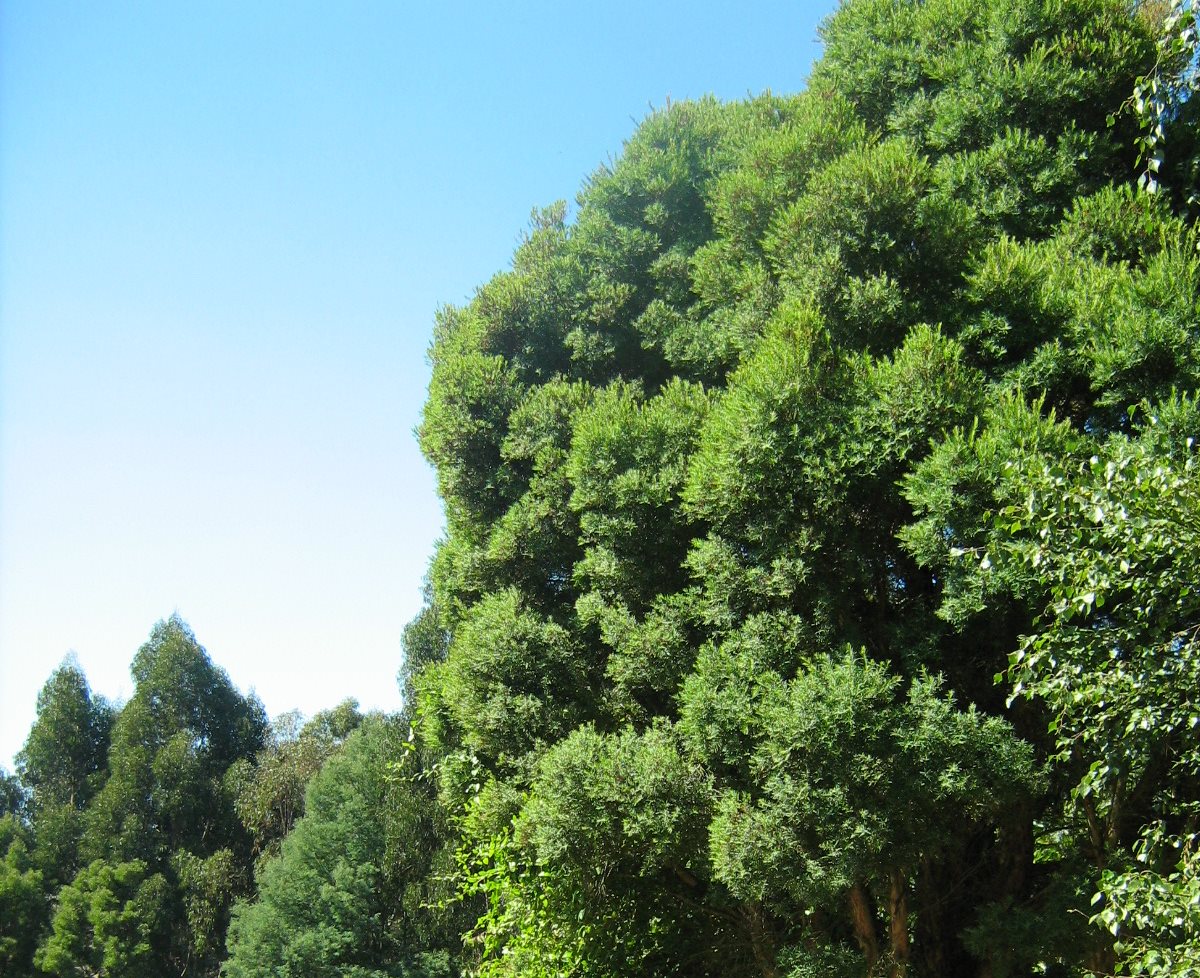 Messages about addressing climate change mostly focus on decreasing carbon dioxide emissions by reducing use of electricity and gas and increasing renewable energy. While these are extremely important, there also strategies for removing carbon from the atmosphere. We all know that planting trees and just growing more “green stuff” is a popular way of fixing carbon dioxide, but getting carbon into the soil itself is another approach that is now thought to lock it up for longer than can be achieved by tree planting. So who wouldn’t want to do that? Many “old” garden practices actually cause more carbon dioxide to be released, so what can gardeners do to reverse this? The good news is that more carbon in the soil also means more fertility.
Messages about addressing climate change mostly focus on decreasing carbon dioxide emissions by reducing use of electricity and gas and increasing renewable energy. While these are extremely important, there also strategies for removing carbon from the atmosphere. We all know that planting trees and just growing more “green stuff” is a popular way of fixing carbon dioxide, but getting carbon into the soil itself is another approach that is now thought to lock it up for longer than can be achieved by tree planting. So who wouldn’t want to do that? Many “old” garden practices actually cause more carbon dioxide to be released, so what can gardeners do to reverse this? The good news is that more carbon in the soil also means more fertility.
The carbon cycle
We need to understand a bit about the carbon cycle to make sense of ways to get carbon into the soil. We are pretty familiar with chlorophyll – the green colour of plants – and that, in the presence of sunlight and water, it helps the plant convert carbon dioxide it into sugars through photosynthesis. These sugars, in turn, are used to form the stems, leaves and flowers or the plant. At the same time plants “breathe”, using oxygen from the air and putting out carbon dioxide. This could be a zero sum game when the plant dies unless its solid material can be stored in a stable form. This storage is done by various species that live in soil. These include fauna such as earthworms and ants that burrow, eat organic material and leave broken down organic material behind in their poo. These species also include microorganisms – bacteria and fungi – which decompose organic material further. This decomposition results in humus – a stable form of organic material which, if undisturbed, can be stored for hundreds or even thousands of years. However, traditional horticultural and agricultural practice does not allow this to happen.
You know if soil is rich in carbon by its dark, blackish colour. But dig in most suburban blocks or farmed land and you will not see a lot of that!
Retaining carbon in soil – the “don’ts”
Don’t dig
In agricultural contexts, reduced tillage has been practiced for quite a while now – more to enhance soil fertility than to reduce carbon loss. When soil is disturbed structure is affected, destroying all those minute cavities created by burrowing critters. This means that air and water do not circulate and nutrients do not get distributed well.
No-dig techniques which build up garden beds in layers using soil, compost and manures will minimize digging, except perhaps for some initial mixing.
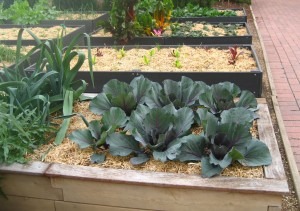 Don’t cause compaction
Don’t cause compaction
Walking or driving heavy machinery compacts the soil with the same results as digging, but perhaps worse because of the downward pressure. So, keep your garden beds to a size where you can reach everything without standing on them. Obviously this depends on how long your arms are, but most people can usually reach about 90 cm to 1.1 metres. For raised beds, a width of a maximum of around 1.5 metres is optimal if it can be accessed from both sides.
Don’t let soil erode
When ground slopes and has little plant cover rain will wash soil downhill. This exposes underlying layers to the air allowing humus to be oxidized to eventually release carbon dioxide to the atmosphere.
The big DO – add organic matter!
Any solid organic matter which is readily degradable adds carbon directly to the soil. This material will then be broken down by soil organisms and eventually form stable humus, locking up further carbon. The big plus about adding organic matter is that it also increases fertility by providing “food” for microorganisms which then convert nutrients to a form which is available for plant growth.
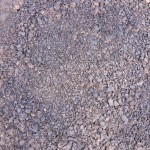
Manure
Chicken, cow, sheep or horse manure are readily available and a rich source of organic matter. If you keep chickens you have a handy source.
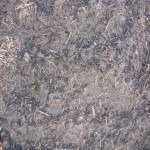
Compost
If you don’t have access to manures, producing compost from plant and food waste will do the trick. This means having a worm farm, compost bin or heap or, if you cannot manage either, buying commercial compost. Many local councils and now producing compost and there are over 100 businesses making compost on an industrial scale.
Cover crops and green manure
Making sure the ground is covered with living plant material ensures that every square metre is engaged in fixing carbon dioxide from the atmosphere, and preventing erosion. Harvest the crop just as it starts to flower when it has maximum levels of nutrients. You can dig it into the soil (careful with the digging!) and it will also improve soil fertility. Since cover crops are annuals, you can cut them off at ground level and add the green part to your compost. Do this with shears or a scythe and avoid walking on the garden bed. Or leave the roots in the soil – that will also add carbon too.
Green manures suitable for growing in the warm season (depending on your climate zone) include buckwheat, mung bean, millet and soybeans. For cool seasons, try fenugreek, vetch, broad beans, oats, lupins, subterranean clover.
Growing a green manure will also improve the soil’s moisture retention, bring minerals up to the surface layers, help smother weeds and provide habitat, nectar and pollen for beneficial insects.
Legumes like broad beans and mung beans, are especially useful because they also fix nitrogen from the atmosphere and, if they are dug in, they will add nitrogen to the soil as well.
Woody waste
Instead of sending woody waste off to your council in the bins they provide, bury it! This is an old method of dealing with wood and creating raised garden beds – a technique called Hugelcultur. It helps if you put some nitrogen rich waste such as grass clippings or manure in as well to hasten decomposition. Dig a trench, pile in the wood and cover it with the soil you dug out. Eventually, you will end up with a mound of rich soil, but it may take years. However, if you have a large piece of little used land this is a good way of creating soil, new raised garden beds and locking up carbon.
Biochar
You can incorporate biochar into the soil. It is a stable form of carbon produced by burning wood in a low oxygen environment. See our article https://www.sgaonline.org.au/is-biochar-wonderstuff/. You can make it yourself or buy from a commercial source. It also enhances soil fertility.
Mulch
You get multiple benefits from mulch – it retains moisture, reduces erosion so that soil organisms can do their work to convert it to carbon rich humus. It’s even better if you use something like pea straw which also adds nitrogen.
References
Batjes N H. (1998) Mitigation of atmospheric CO2 concentrations by increased carbon sequestration in the soil. Biology and Fertility of Soils 27 (3). 230-235.
http://www.compostweek.com.au/core/about-composting/
http://permaculturenews.org/2012/01/04/hugelkultur-composting-whole-trees-with-ease/
Jastrow J D, Amonette J E, Bailey V L. (2007) Mechanisms controlling soil carbon turnover and their potential application for enhancing carbon sequestration. Climatic Change 80 (1 – 2), 5-23.
State of Victoria (2014) http://vro.depi.vic.gov.au/dpi/vro/vrosite.nsf/pages/soilhealth_biology_important. Last updated 01-09-2014.
Zeng N. (2008) Carbon sequestration via wood burial. Carbon Balance and Management 3 (1): 1.
Related Articles:
The Importance of building soil health for a biodeverse, productive garden
Creating a thriving garden that not only sustains itself but also contributes to the broader ecosystem requires more than just sunlight and water.…
Soil as a Carbon Store
Rather than regarding soil as just a medium for growing plants, we should also be viewing soil as a carbon store. This means that it is an important…



